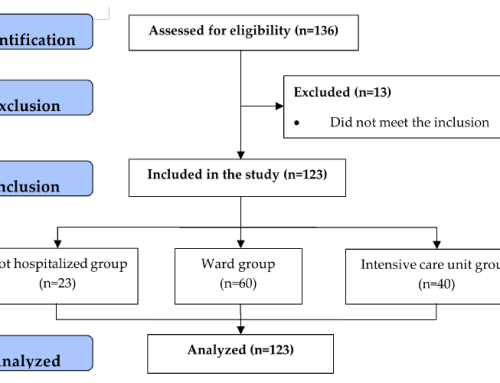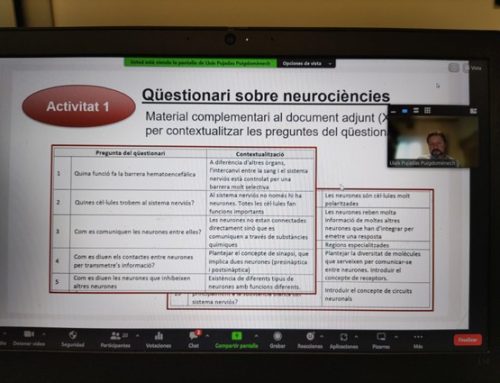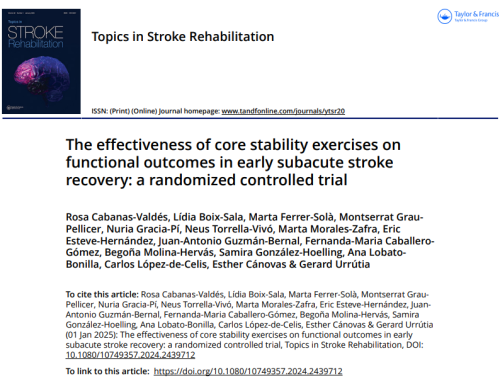ARTICLE. Gutiérrez-Martínez E, Fernández-Ulibarri I, Lázaro-Diéguez F, Johannes L, Pyne S, Sarri E, Egea G. J Cell Sci. 2013 Jun 15;126(Pt 12):2641-55.
Abstract.
The inhibition of phosphatidic acid phosphatase (PAP) activity by propanolol indicates that diacylglycerol (DAG) is required for the formation of transport carriers at the Golgi and for retrograde trafficking to the ER. Here we report that the PAP2 family member lipid phosphate phosphatase 3 (LPP3, also known as PAP2b) localizes in compartments of the secretory pathway from ER export sites to the Golgi complex. The depletion of human LPP3: (i) reduces the number of tubules generated from the ER-Golgi intermediate compartment and the Golgi, with those formed from the Golgi being longer in LPP3-silenced cells than in control cells; (ii) impairs the Rab6-dependent retrograde transport of Shiga toxin subunit B from the Golgi to the ER, but not the anterograde transport of VSV-G or ssDsRed; and (iii) induces a high accumulation of Golgi-associated membrane buds. LPP3 depletion also reduces levels of de novo synthesized DAG and the Golgi-associated DAG contents. Remarkably, overexpression of a catalytically inactive form of LPP3 mimics the effects of LPP3 knockdown on Rab6-dependent retrograde transport. We conclude that LPP3 participates in the formation of retrograde transport carriers at the ER-Golgi interface, where it transitorily cycles, and during its route to the plasma membrane.












Leave a Reply